Project Synopsis:
As part of a Research Methods course, I worked with two team members to explore people's attitudes around carbon footprint tracking. After conducting initial interviews and researching precedents, we refined our project to researching ways of encouraging carbon transparency within the clothing industry and sustainable clothing purchases. This project consisted of interviews, synthesis, precedent research, design experiments, and redesigns.
Skills Used:
Figma, semi-structured interviews, thematic analysis, precedent research, prototyping/design concept testing
Process and Designs
Through interviewing, coding, and analyzing emerging themes, we discovered a range of findings:
1. People feel a lack of agency when it comes to making a positive impact on the environment. From unavoidable plastic use to uncertainty around the carbon footprint of products, there are countless factors that are out of the control of a consumer.
2. When making purchases, there is frequently a tradeoff between price and sustainability. Interviewees seemed to view this balance as needing to make a sacrifice (of money, time, and/or effort) in order to reduce their impact.
3. While people do strive to reduce their environmental impact (not using straws, bringing sporks, reducing water waste, walking over driving), they also feel that these reductions are “insignificant”, “not enough”, or “very small”. This seemed to be a strange but common contradiction among interviewees and interviewers alike. Perhaps there is a design opportunity in helping people make further reductions of environmental impact, thereby aligning them with their attitudes.
4. Actions around environmental impact reduction are often preceded by heightened emotional experiences. Whether it’s an impactful image or a novel challenge done with a friend, interviewees recalled instances of positive (for the environment) behavior changes paired with atypical or intense emotional moments.
After narrowing our scope to fashion, we asked ourselves how we might help people reduce the environmental impact of their clothes. We conducted further interviews and observations to create a journey map of a shopping experience, keeping in mind our key findings.
Within a typical in-store shopping experience, we identified three areas where we might intervene to promote environmentally friendly behaviors/purchases. After an ideation phase, we sketched out three design concepts:
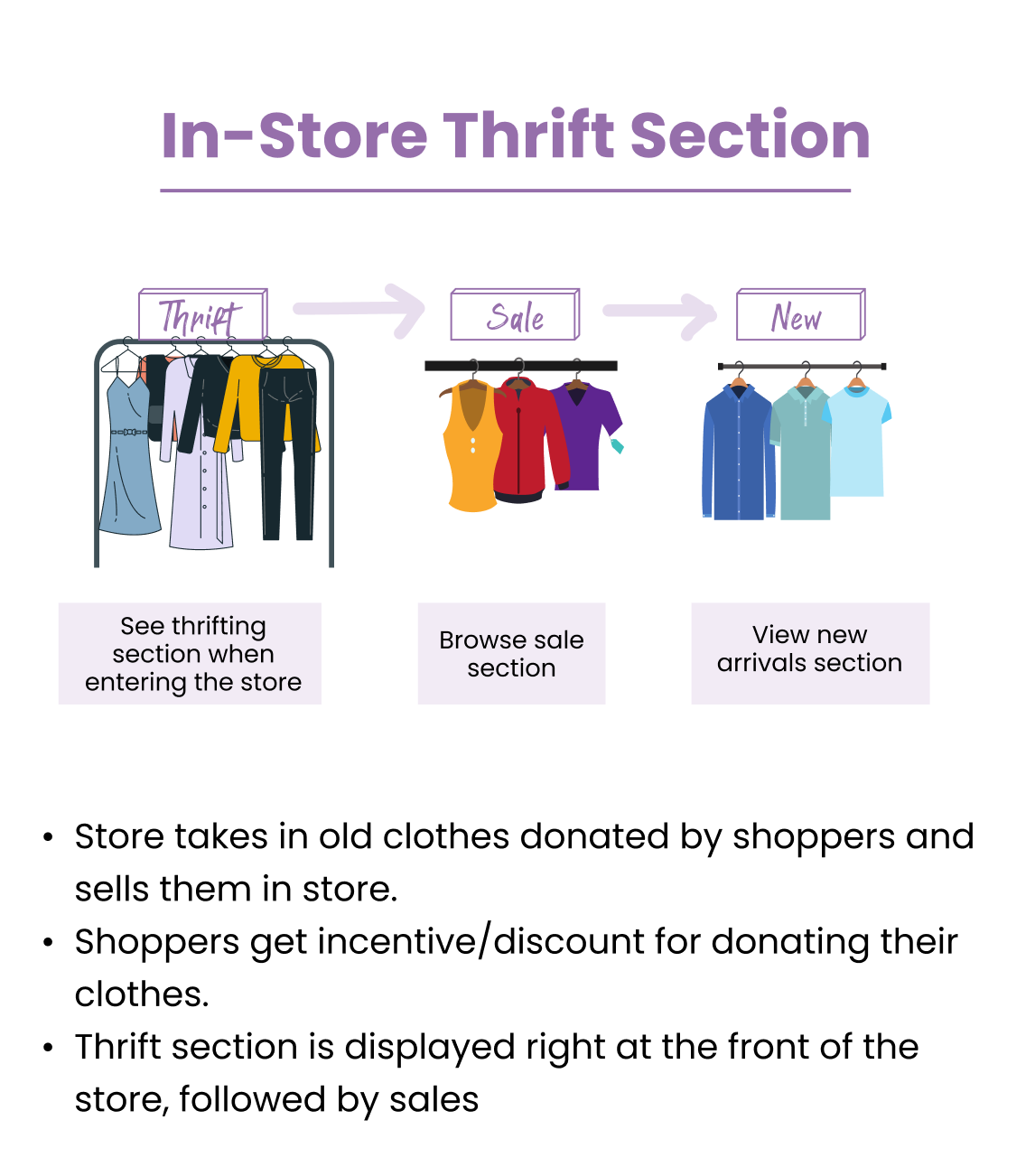
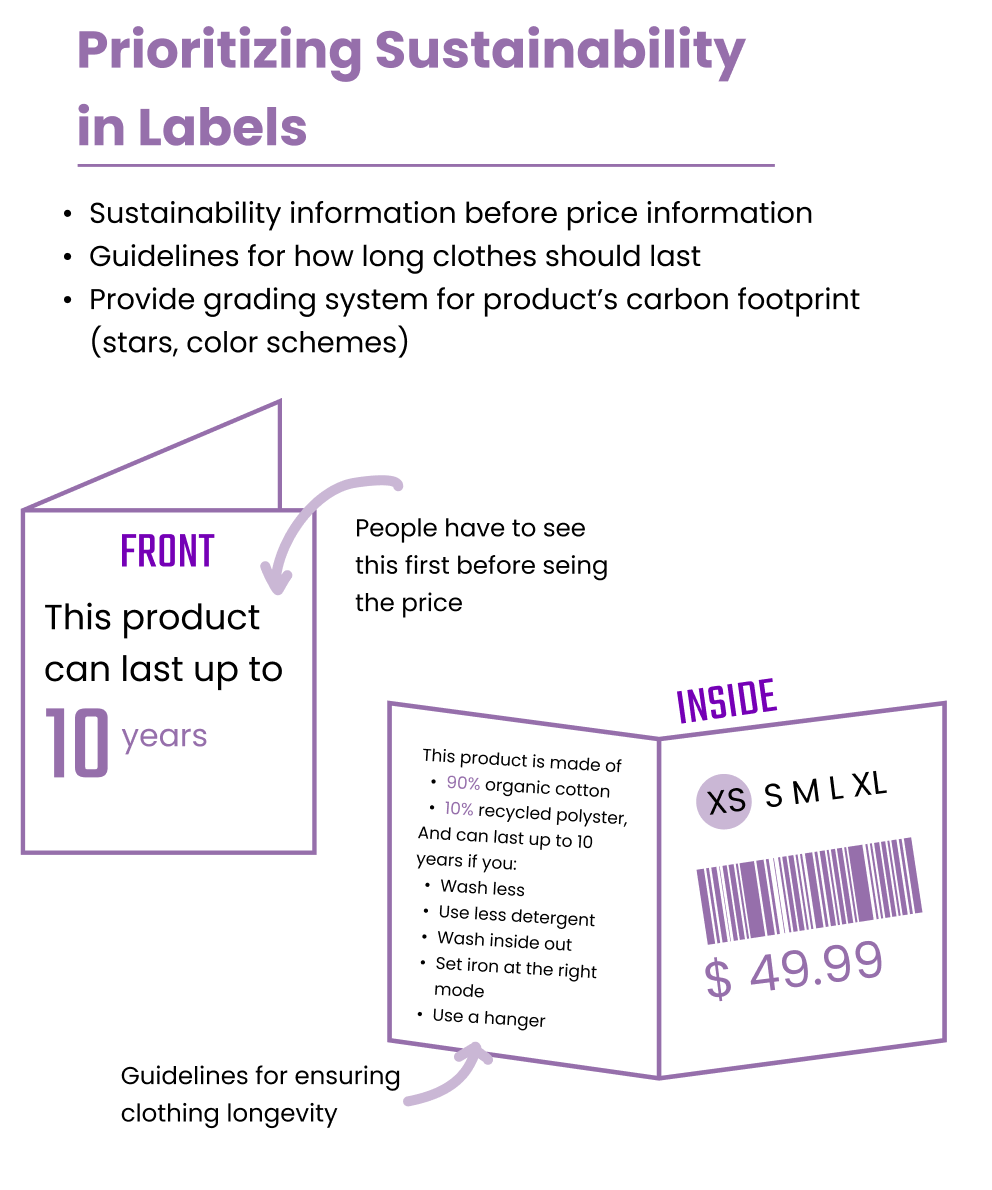

We decided to prototype the second concept: prioritizing sustainability information in clothing labels. Drawing from precedent research (sustainability pages on websites like Patagonia, Allbirds, and Reformation, current practices for clothing tag information, "green" certification programs) and our own findings, we made a fictional company and built out its clothing tags. We then showed them to people to learn what pieces of information stood out, likes and dislikes, and what information seemed persuasive enough to justify a pricier, more sustainable purchase.
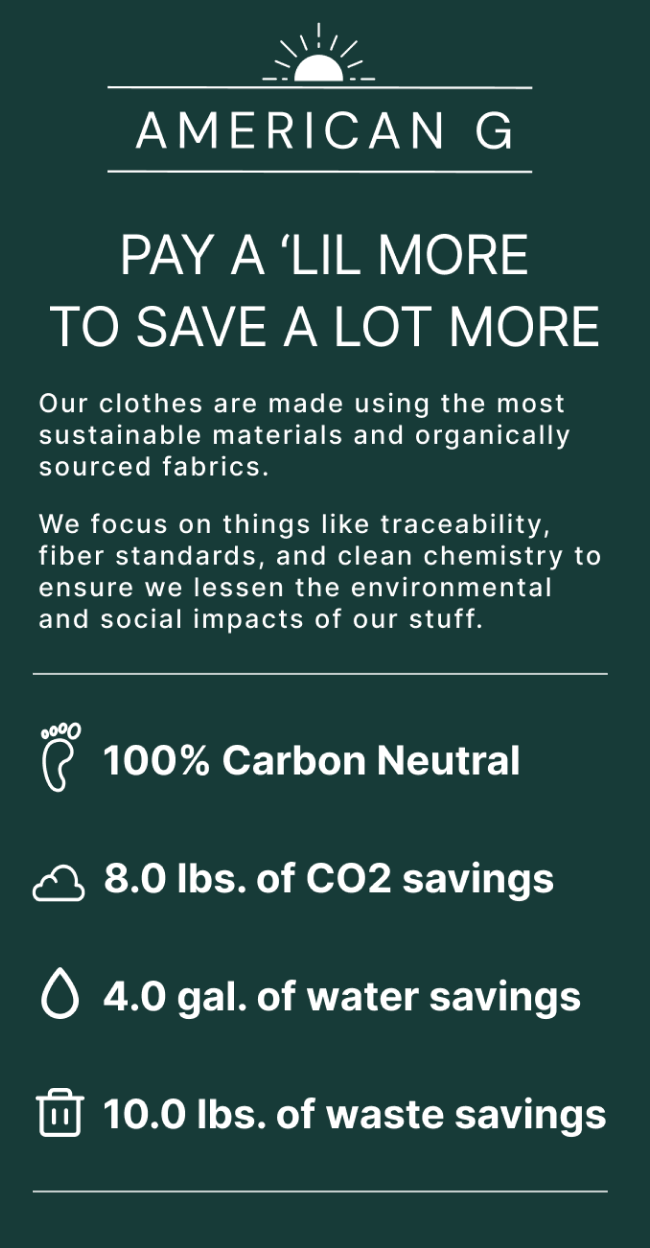
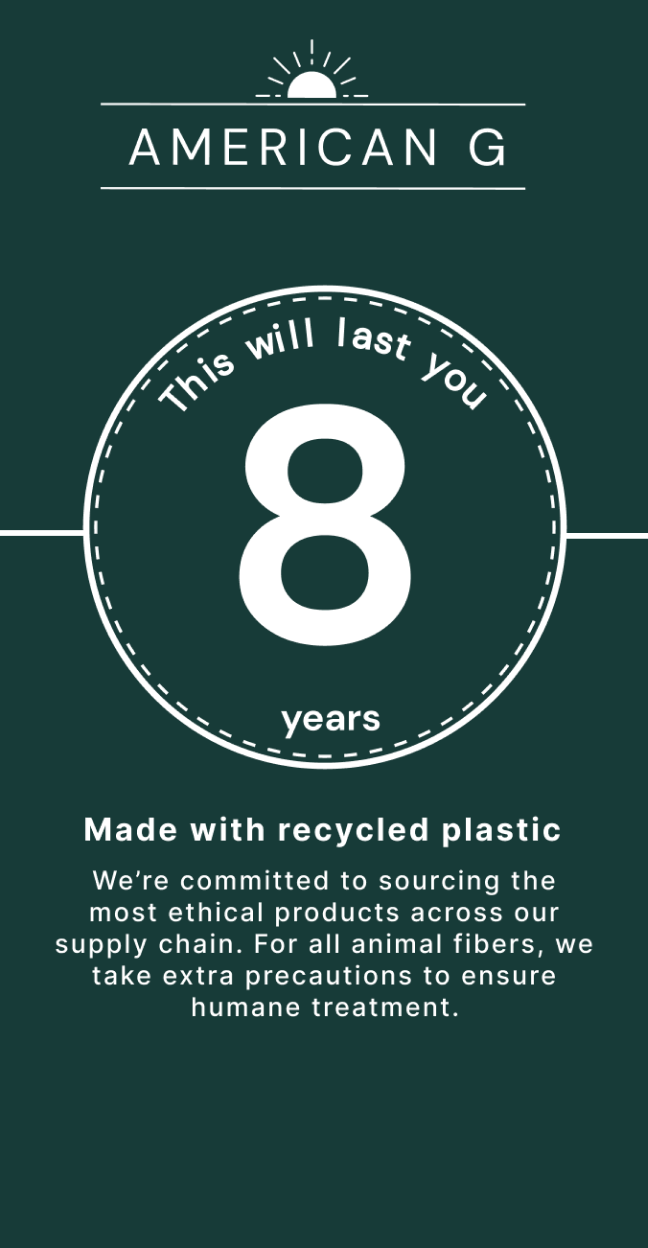
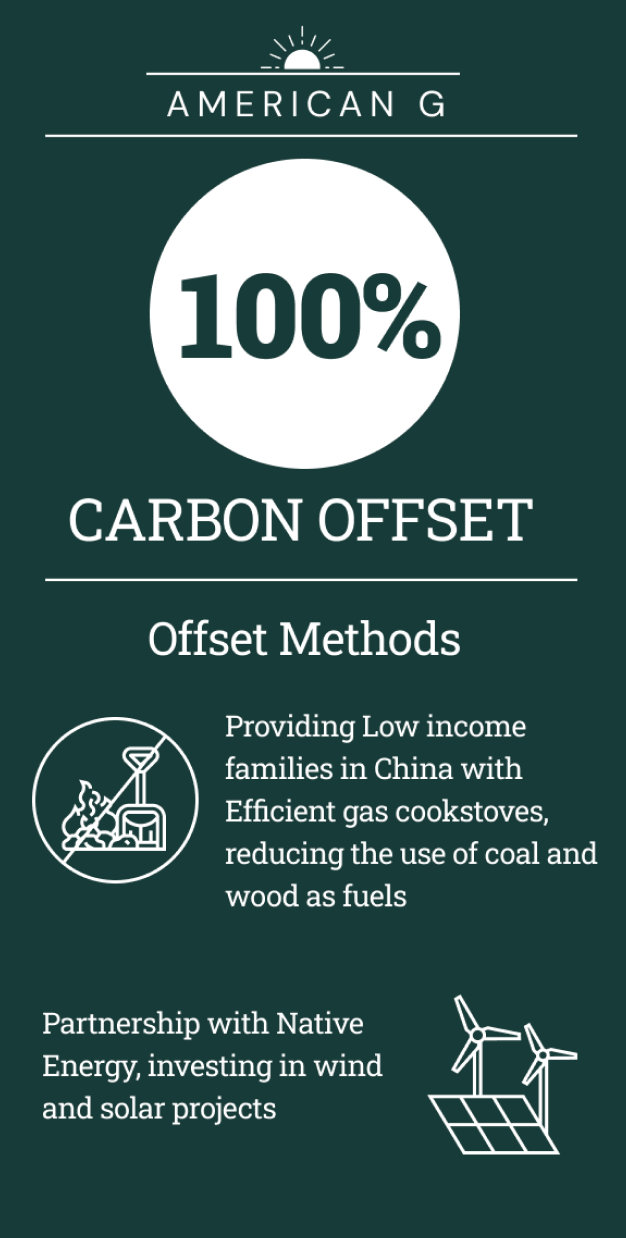

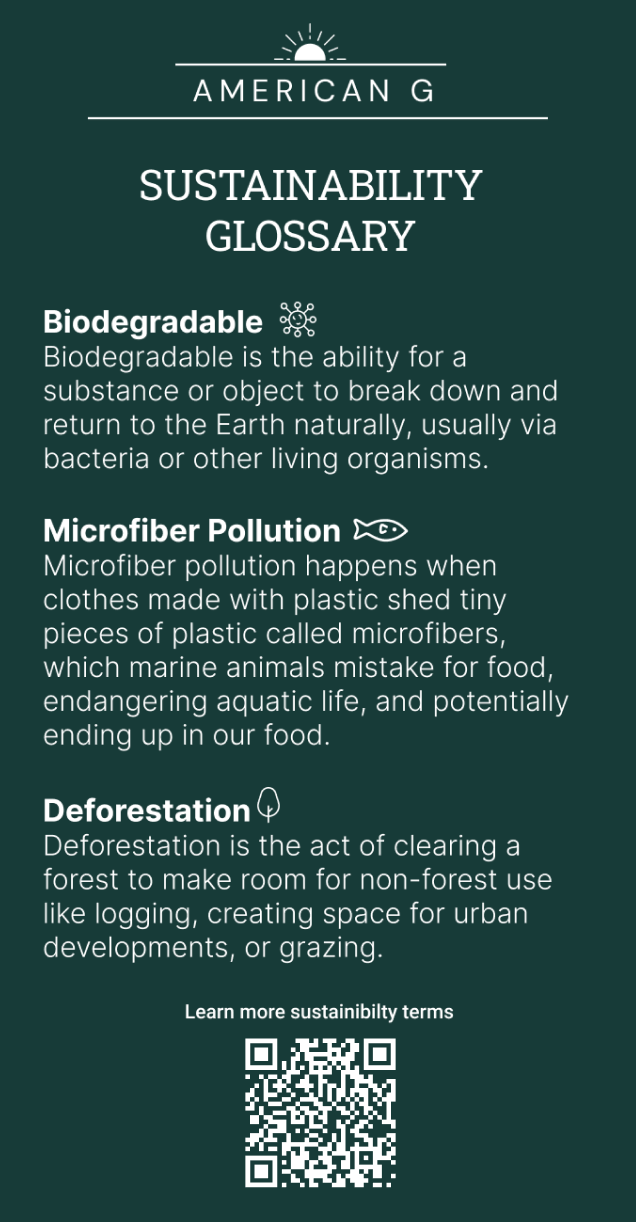
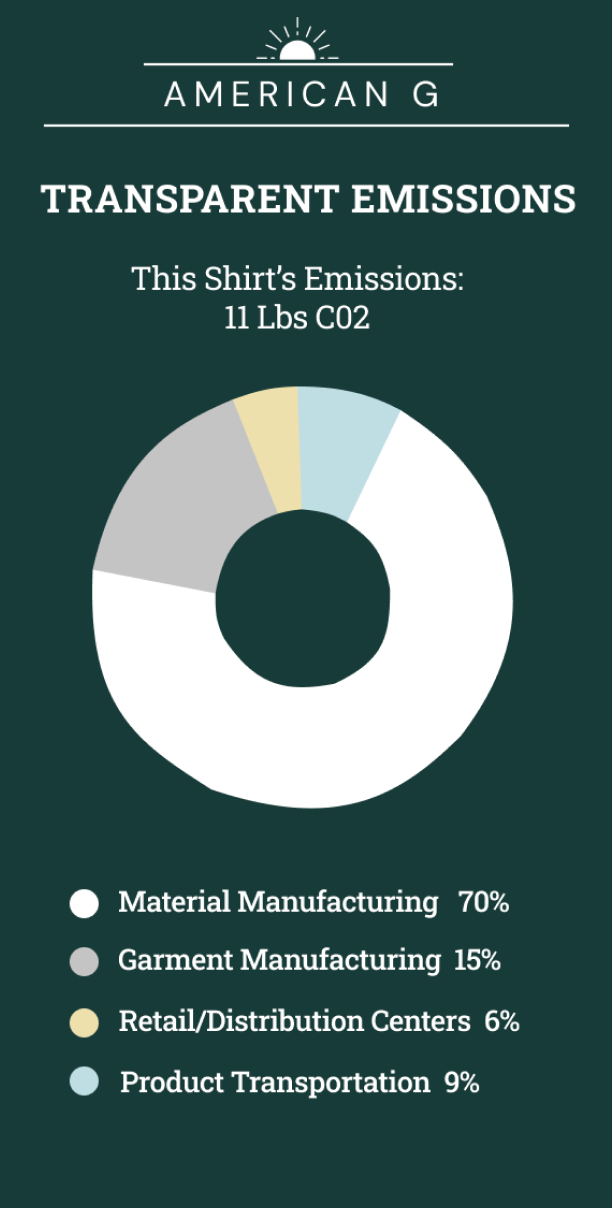


Clothing Tag Interview Findings:
1. Favored tags with "big, loud, bright" numbers
2. Many tags were too text heavy; information went overlooked
3. Nobody checked the QR code without prompting
4. People liked the size of the tags - they. are hard to miss!
5. Desire for information related to the specific garment being sold
6. Suggestions for other touchpoints for info (at the rack, at checkout counter, at store entrance)
7. Suggestions on pairing tags together (glossary ought to be defining relevant terms on another tag)